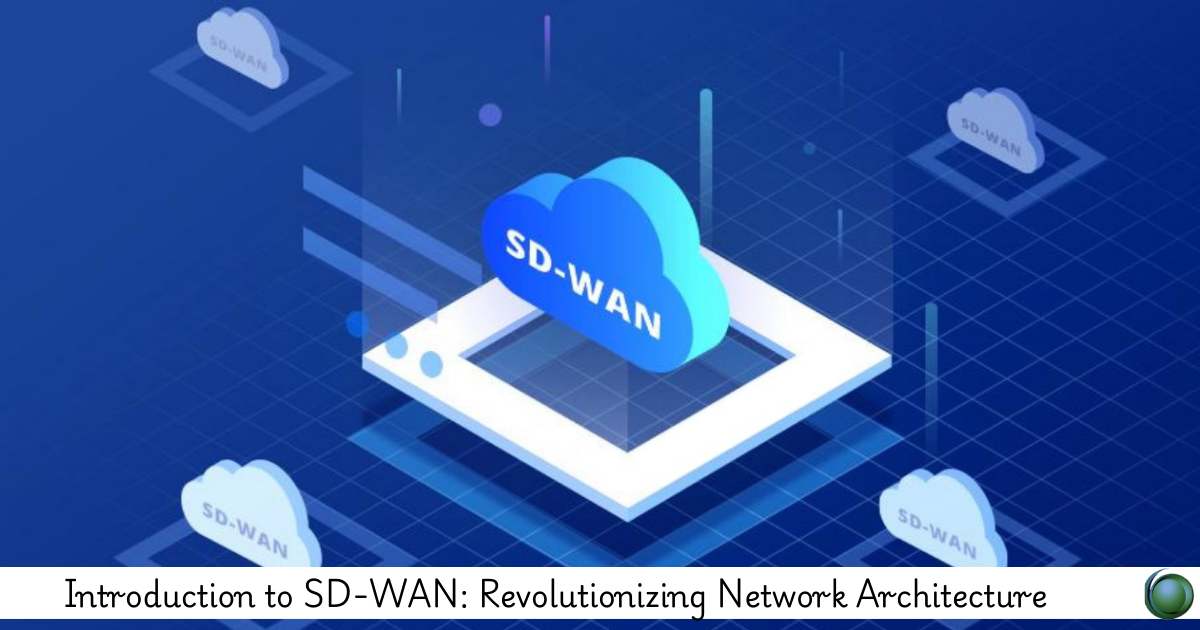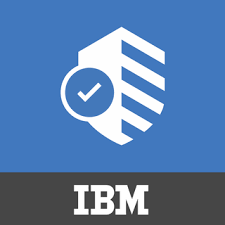Description
Introduction of SD-WAN for Network Architecture
SD-WAN (Software-Defined Wide Area Network) is transforming the way organizations approach network connectivity. By decoupling the network hardware from its control mechanism, SD-WAN provides a more flexible, cost-effective, and secure way to manage wide area networks (WANs). It allows businesses to leverage cloud services, optimize application performance, and enhance security while reducing reliance on traditional MPLS or leased lines. SD-WAN enables centralized control, real-time traffic routing, and dynamic path selection, ensuring that the network infrastructure can evolve alongside business needs. This course introduces SD-WAN’s key principles, its benefits, use cases, and how it is reshaping enterprise network architectures.
Prerequisites
- Basic understanding of networking principles, including WAN technologies and IP networking.
- Familiarity with network security concepts and cloud computing.
- Knowledge of traditional WAN models such as MPLS and VPNs is helpful but not required.
Table of Contents
1. Introduction to SD-WAN
1.1 What is SD-WAN?
1.2 Key Benefits of SD-WAN
1.3 Traditional WAN vs SD-WAN
1.4 SD-WAN Architecture Overview
2. SD-WAN Components and Technologies
2.1 SD-WAN Edge Devices
2.2 Centralized Controller and Orchestration
2.3 SD-WAN Security Features
2.4 WAN Optimization and Traffic Steering
2.5 Cloud Integration and Connectivity
3. SD-WAN Deployment Models
3.1 Cloud-Delivered SD-WAN(Ref: MPLS and SD-WAN: Integration for Modern Networks)
3.2 Hybrid SD-WAN Architectures
3.3 SD-WAN for Branch and Remote Offices
3.4 SD-WAN for Multi-Cloud Environments
4. SD-WAN and Network Security
4.1 Secure SD-WAN Design Principles
4.2 End-to-End Encryption in SD-WAN
4.3 Zero Trust and Identity-based Security
4.4 Integration with Next-Generation Firewalls (NGFW)
4.5 Secure Direct Internet Access (DIA)
5. SD-WAN Traffic Optimization and Performance Management
5.1 Path Selection and Dynamic Traffic Routing
5.2 WAN Optimization Techniques in SD-WAN
5.3 Application-Aware Traffic Management
5.4 Real-Time Monitoring and Analytics in SD-WAN
6. SD-WAN Implementation and Best Practices
6.1 Planning and Assessment for SD-WAN Deployment
6.2 SD-WAN Proof of Concept (PoC)
6.3 Configuration Best Practices
6.4 Managing SD-WAN Across a Global Enterprise
6.5 Ongoing Maintenance and Troubleshooting
7. SD-WAN for Network Architecture Use Cases
7.1 SD-WAN for Branch Office Connectivity
7.2 SD-WAN for Remote Workforce Solutions
7.3 SD-WAN in Multi-Cloud Deployments
7.4 SD-WAN for Internet of Things (IoT) Networks
7.5 SD-WAN for Network Virtualization and Edge Computing
8. SD-WAN Performance and Scalability Considerations
8.1 Ensuring SD-WAN Scalability in Large Deployments
8.2 Traffic Flow Management in High-Traffic Environments
8.3 Maximizing the Benefits of Hybrid WANs
8.4 Ensuring Network Reliability and Availability in SD-WAN
9. The Future of SD-WAN and Network Evolution
9.1 Emerging Trends in SD-WAN Technology
9.2 SD-WAN and the Shift to 5G Networks
9.3 The Role of AI and Machine Learning in SD-WAN
9.4 The Integration of SD-WAN with Edge Computing and IoT
9.5 SD-WAN’s Role in the Future of Cloud-First Networking
10. Conclusion of SD-WAN for Network Architecture
10.1 Key Takeaways
10.2 The Future of Network Architecture with SD-WAN
10.3 How SD-WAN Benefits Businesses and Enhances Network Agility
10.4 Best Practices for SD-WAN Adoption and Success
SD-WAN for Network Architecture is revolutionizing the way modern organizations approach networking by providing centralized control, optimized traffic routing, and enhanced security across distributed infrastructures. It offers businesses the flexibility to adopt cloud-first strategies, integrate multiple WAN technologies, and ensure high performance while maintaining network security and reducing costs. As SD-WAN for Network Architecture continues to evolve with the integration of emerging technologies like 5G and AI, it will play a crucial role in transforming enterprise network architectures. With the insights gained from this course, participants will be equipped to implement SD-WAN solutions that can adapt to the future demands of agile, global, and cloud-centric organizations.







Reviews
There are no reviews yet.